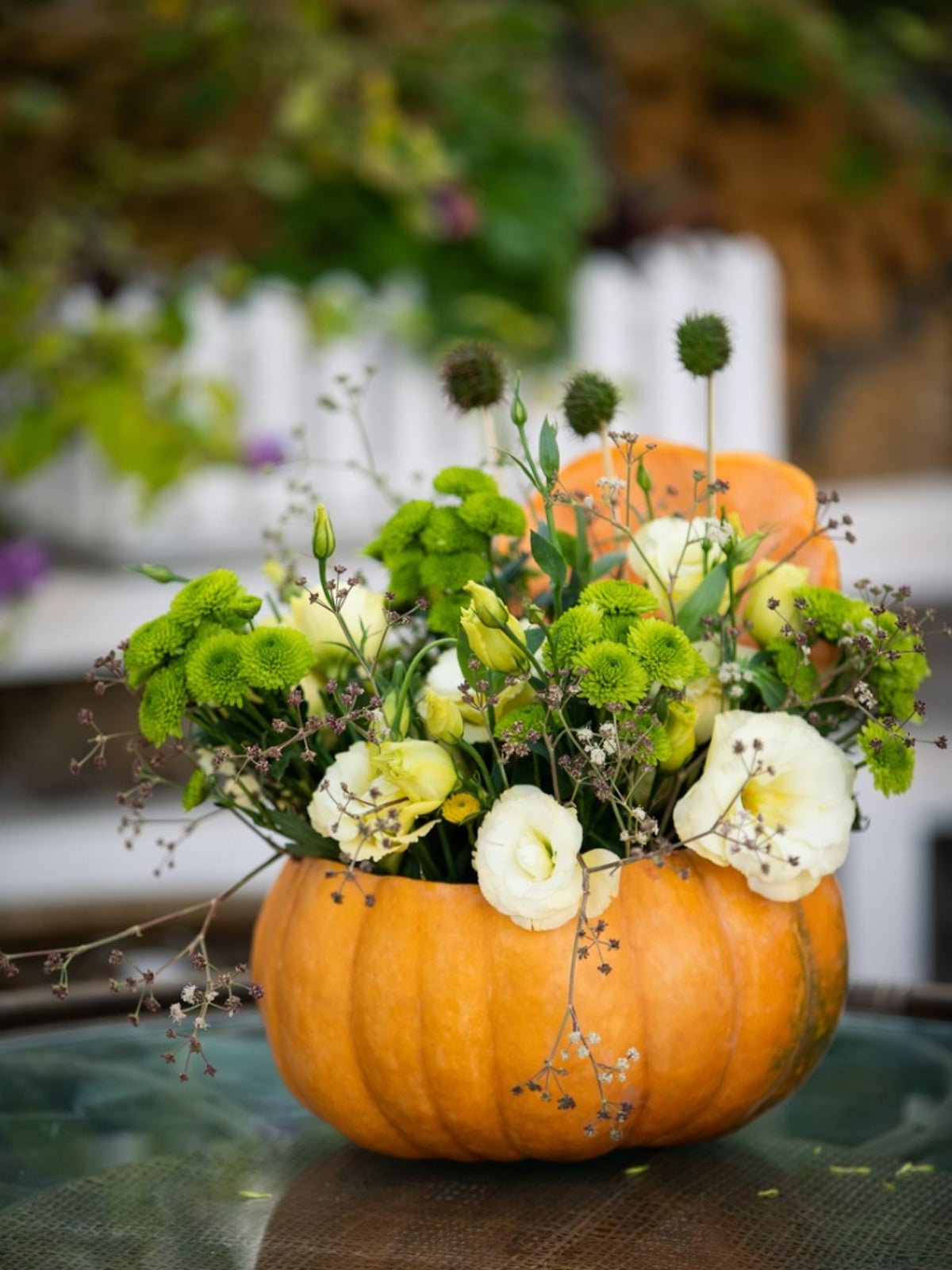Pumpkins aren’t just for Halloween—they’re a nutritious, versatile crop that can be turned into pies, soups, decorations, and even roasted seeds. The best part? Growing them at home is easier than you might think. With the right soil, sunlight, and a little patience, you can harvest your very own pumpkins this season. If you’ve ever wondered how to do it, get ready—because this is the unbelievable how to plant pumpkins guide you’ve been waiting for!Why Grow Pumpkins at Home?Before diving into the steps, let’s look at why pumpkins are worth planting:Fun for the family: Kids love watching pumpkins grow and harvesting them in fall.Versatile use: Great for cooking, baking, carving, or decorating.Nutritious: Packed with vitamins A and C, antioxidants, and fiber.Long storage life: Pumpkins keep well in a cool, dry place.Choosing the Right Pumpkin VarietyDifferent pumpkins serve different purposes. Here are a few options:Sugar Pumpkins (a.k.a. Pie Pumpkins): Small, sweet, and perfect for cooking.Jack-o’-Lantern Pumpkins: Large and hollow, ideal for carving.Mini Pumpkins: Cute, decorative, and quick-growing.Giant Pumpkins: Perfect if you want to compete at fairs or impress your neighbors!Step-by-Step: How to Plant PumpkinsStep 1: Choose the Right LocationPumpkins need 6–8 hours of direct sunlight daily.They require plenty of space because vines can spread 10–20 feet.Step 2: Prepare the SoilPumpkins thrive in well-draining, fertile soil.Add compost or aged manure for nutrient-rich planting beds.Aim for a soil pH between 6.0 and 6.8.Step 3: Plant the SeedsSow seeds outdoors once the soil is at least 70°F (21°C).Create small mounds or “hills” about 4–6 feet apart.Plant 4–5 seeds per hill, 1 inch deep.Thin to the strongest 2–3 seedlings once they sprout.Step 4: Water and MulchWater deeply 1–2 times per week, keeping soil consistently moist.Avoid wetting leaves to prevent disease.Mulch around plants to retain moisture and discourage weeds.Step 5: Support GrowthTrain vines in the direction you want them to grow.For smaller gardens, consider growing pumpkins vertically on strong trellises.Step 6: PollinationPumpkins rely on bees for pollination.If bees are scarce, hand-pollinate by transferring pollen from male to female flowers with a small brush.Step 7: HarvestingPumpkins are ready when the skin is hard and the color is deep.Cut the stem with pruning shears, leaving a few inches attached.Cure them in the sun for 7–10 days before storing.Tips for Pumpkin Growing SuccessStart seeds indoors 2–3 weeks before the last frost if you live in a cooler climate.Fertilize regularly with a balanced or phosphorus-rich fertilizer.Rotate planting locations each year to avoid soil-borne diseases.Protect young plants from pests like squash bugs and vine borers.Common Mistakes to AvoidPlanting too early in cold soil (seeds won’t sprout).Overcrowding plants, leading to poor airflow and disease.Forgetting to water consistently—pumpkins need lots of water to grow large.Harvesting too soon (immature pumpkins won’t store well).ConclusionWith the right care, growing pumpkins is not only simple but also incredibly rewarding. From small sugar pumpkins to massive giants, you can enjoy fresh, homegrown pumpkins for cooking, carving, or decorating. If you’re ready to transform your garden this season, remember—it’s unbelievable how to plant pumpkins successfully when you follow these easy steps.✨ Final Thought: Planting pumpkins is like planting joy. Start today, and by fall, you’ll have a patch full of golden-orange treasures waiting to be picked.

